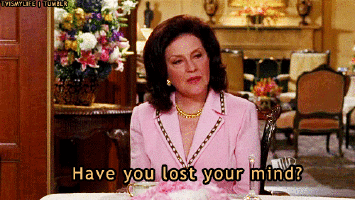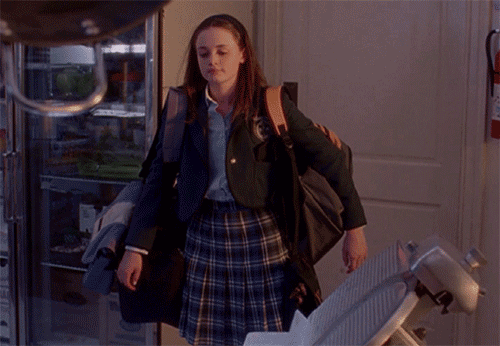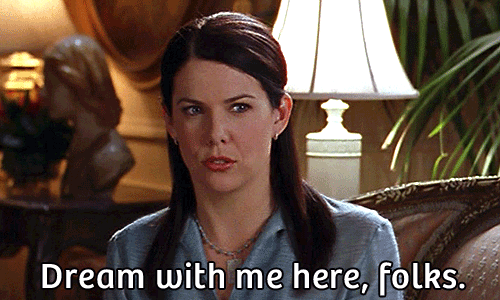As a recruitment officer, no doubt your communications plan includes print, email, and social outreach. Even though it may be tempting to put the lion’s share of your focus on electronic communication, it’s still important to balance your efforts in these areas. There are several reasons we think print still deserves your team’s time and energy.
Does anyone read every email they receive?

According to the McKinsey Global Institute, U.S. workers spend 13 hours per week reading, writing, or responding to email. Striving for inbox zero is a real thing. This means your marketing emails are just a quick swipe away from being deleted. Picture your own inbox: An email’s only entry points are the subject line and the time of day. With a print piece, you have a much broader variety of entry points: the cover photo, cover headline, the back cover photo, back cover text, and even unique paper choice or die cut. It doesn’t guarantee that your piece won’t end up in the recycling bin, but it does give you a fighting chance.
But aren’t millennials digital natives?

Just like Rory, not all students are digital-only. Many teens still appreciate the heady aroma of books — or, at least, reading words on a page.
“Textbook makers, bookstore owners and college student surveys all say millennials still strongly prefer print for pleasure and learning, a bias that surprises reading experts given the same group’s proclivity to consume most other content digitally. A University of Washington pilot study of digital textbooks found that a quarter of students still bought print versions of e‑textbooks that they were given for free.
“These are people who aren’t supposed to remember what it’s like to even smell books,” said Naomi S. Baron, an American University linguist who studies digital communication. “It’s quite astounding.”
-“Why digital natives prefer reading in print. Yes, you read that right.” — Washington Post
“[Millennials] have also taken the lead in seizing on the new platforms of the digital era—the internet, mobile technology, social media—to construct personalized networks of friends, colleagues and affinity groups.”
“However, amidst their fervent embrace of all things digital, nine-in-ten Millennials say people generally share too much information about themselves online, a view held by similarly lopsided proportions of all older generations.”
-http://www.pewsocialtrends.org/2014/03/07/millennials-in-adulthood/
Do students really have time to read long viewbooks?

Students are pressed for time. But that’s what makes a print piece all the more compelling: It’s portable, never runs out of batteries, and can’t be deleted with a quick flick.
“A typical millennial high school student is faced with what may seem to be a never ending day. Beginning with a before school activity (i.e. band practice, etc.) and culminating with numerous after school activities, today’s high school students are more involved than students from previous generations. From athletic practice to religious groups, school government to SAT tutoring sessions, most millennial high school students find themselves scheduled until they sleep, wake up, and repeat their routine.”
What about parents? What do they want?

Parents care about details. Specifically, they want to know when, why, and how much. Parents also remember a time when print materials from colleges were primary research materials in the college search. Those two elements mean that parents are predisposed to see some value in print. Additionally, parents are looking for credible sources of information. Onscreen text just doesn’t communicate the credibility or commitment level that heavy card stock can.
But print is expensive. And how do you make it special?
Print is expensive, and that’s why it’s important to plan your outreach carefully.
- Don’t send generic messages to huge lists of people. Segment your lists and leverage the print on demand features most digital printers offer. This means you’ll send a viewbook heavy on pre-professional studies and Greek life to one segment, and another filled with shots of the biology lab and Ultimate Frisbee to a different segment.
- Use custom URLs so you can isolate those who read the print piece and typed the exact URL into their browsers. The majority of readers will probably Google you after seeing the piece, so that particular tracking strategy is not airtight, but it is worthwhile.
- Give the piece some utility. Straightforward ad pamphlets are much more disposable than a beautifully designed poster. Advertising art can be real art. Think bigger than campus and building shots.
Looking for fresh ideas for how to approach print design for recruitment? Get in touch.
